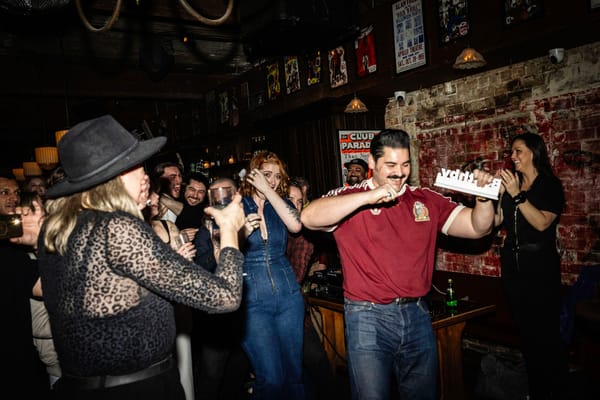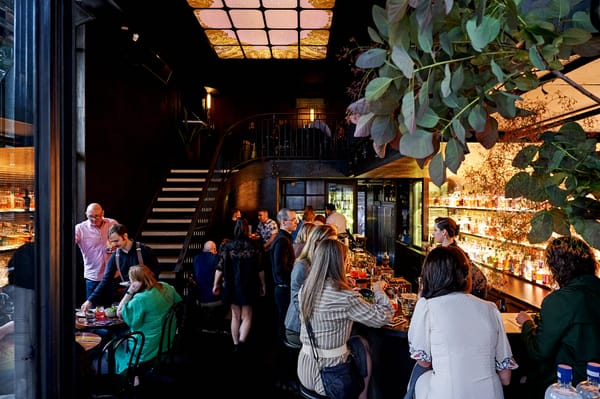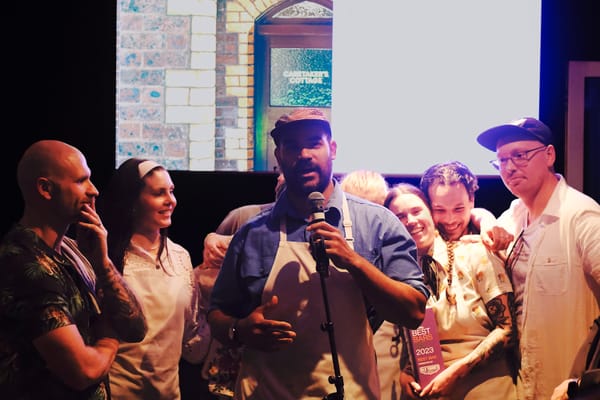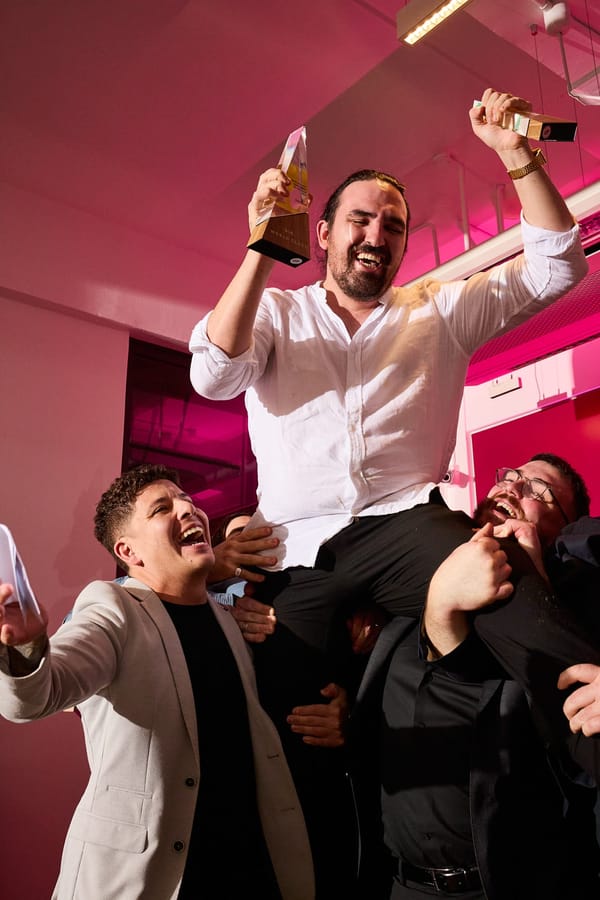What are zero proof drinks? How the modern day take is different to mocktails of old
What is the trend to zero proof drinks all about? How do today's non alcoholic cocktails differ to mocktails? Here, New York-based journalist and author of the new book Zero Proof, Elva Ramirez, explains.
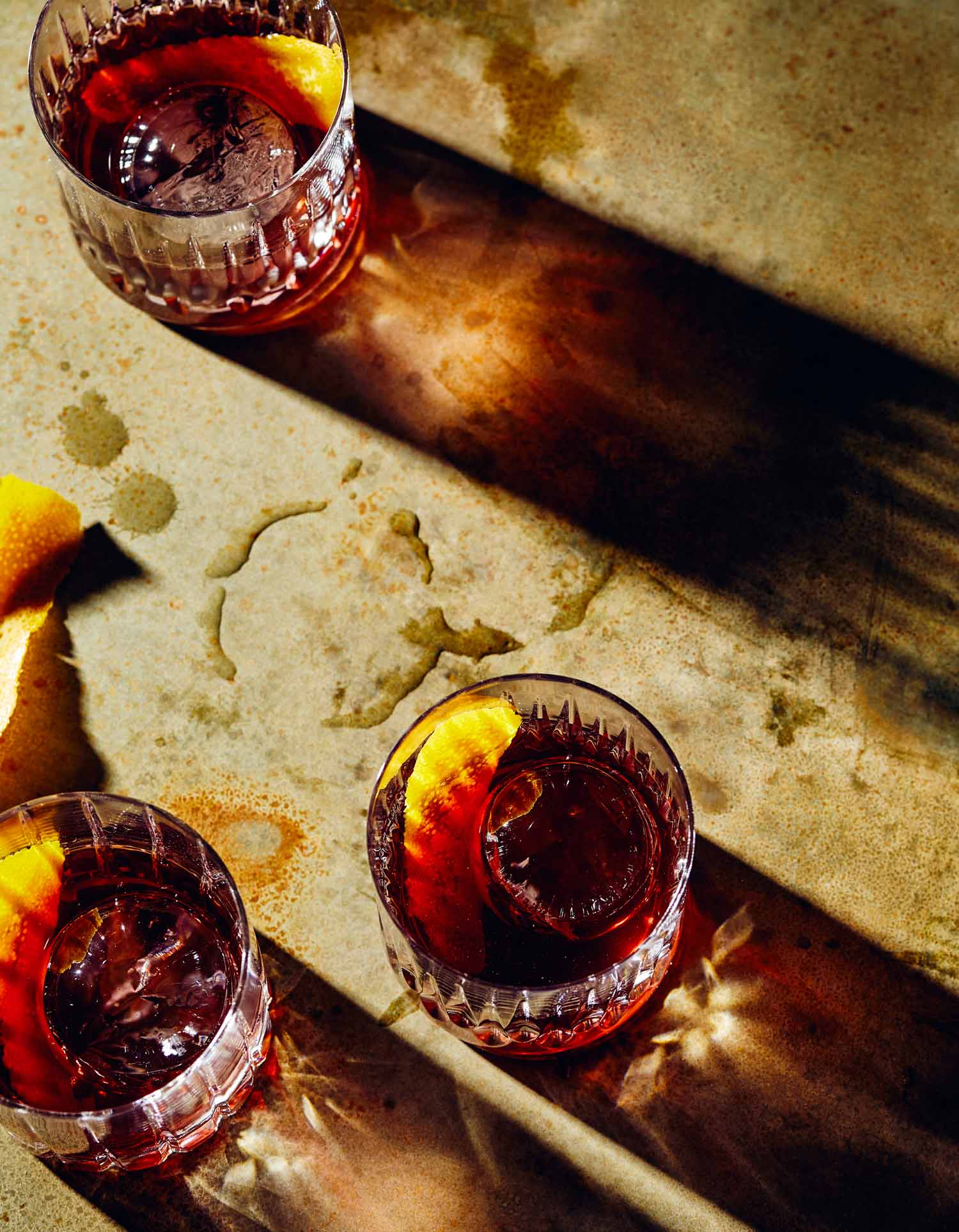
Zero proof drinking is having a moment. There’s never been more so called non-alcoholic spirits (a designation we’ve written about before, here) available for consumers, and bartenders at top bars have taken up the task of creating non alcoholic drinks for their guests with gusto.
But what is zero proof drinking? How are zero proof cocktails — non alcoholic cocktails — different to the old mocktails of yore, which were little more than a few fruit juices thrown together and dished out in a Hurricane glass? We asked New York-based journalist Elva Ramirez for some answers.
Ramirez is the author of Zero Proof: 90 Non-Alcoholic Recipes For Mindful Drinking, which has just been released. In the book, Ramirez brings together zero proof recipes from bartenders as far afield as Paris and London, Puerto Rico, and the USA. The book also offers essays on the history of drinking in the USA (and the earliest of temperance drinks), and on how the modern day turn to temperance cocktails has come about.
Below, lightly edited and condensed for clarity, Ramirez explains what zero proof drinks are, how they differ to mocktails, and touches on the history of non alcoholic drink options dating back to the professor Jerry Thomas and his 1887 book, The Bar-Tender’s Guide.
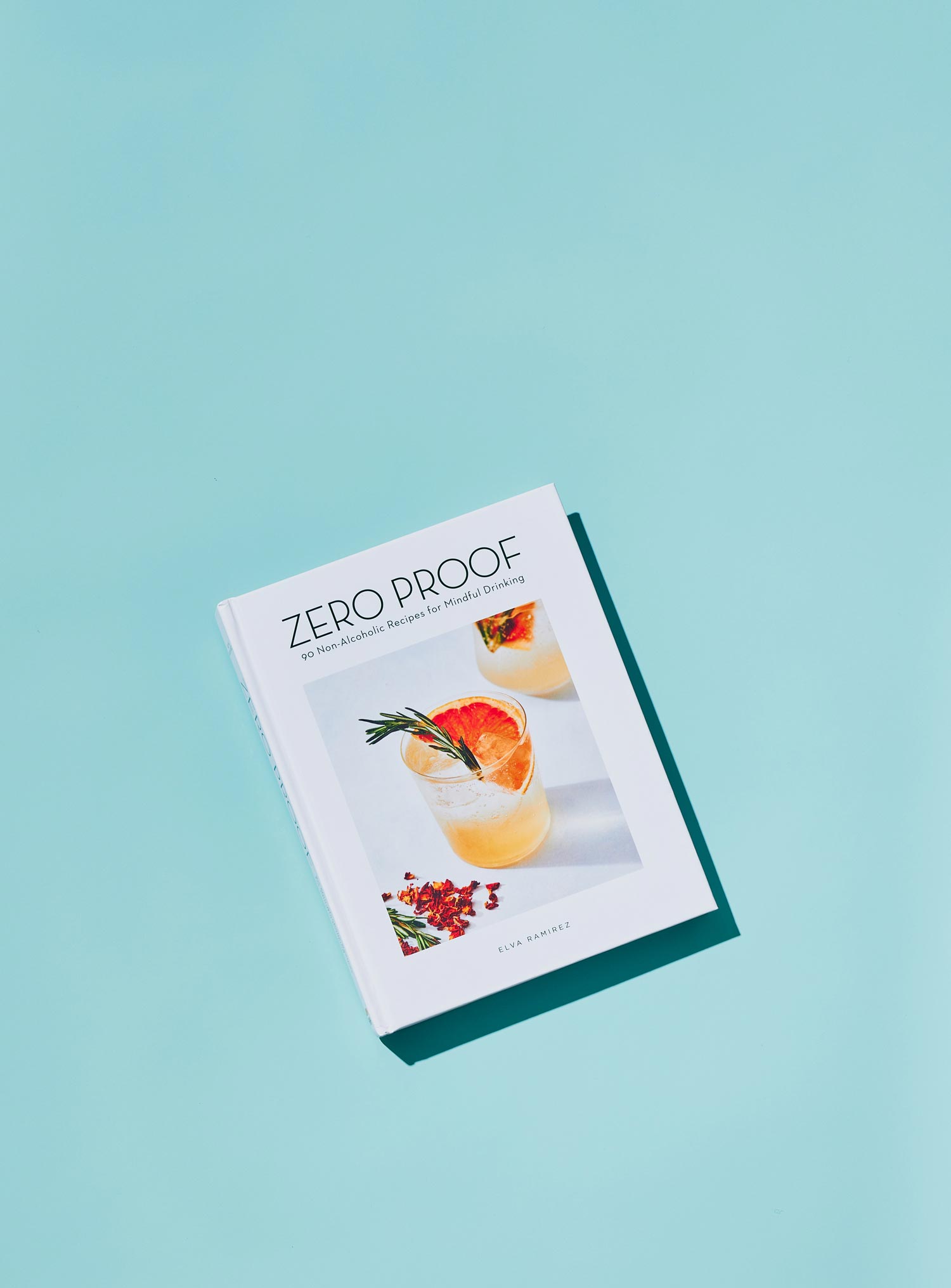
What are zero proof cocktails? What do we mean when we talk about zero proof drinks?
Zero proof is the modern take on the non alcoholic cocktail. For many years, people have called these mocktails — which is fine, you can continue to call it that if you like, but I consider that term to be of a different time, of a certain time. So zero proof really captures the way people are approaching this style of drink now.
It’s a different take on techniques, ingredients of course, and style. I make the comparison a lot to vegan, or gluten free, or vegetarian food, where it’s still made with the same care as anything else, it just happens to not have certain ingredients.
It’s not about the absence of something — it’s still made with all the same care, for the same occasions as its boozy counterparts.
It’s not about missing out necessarily, even though you are taking out alcohol.
I consider it in many ways to be at the vanguard of bartending culture right now, there’s so many people out there who are so talented who have explored the world of boozy drinks, and now can apply that creativity in a new place, and can still apply their bag of tricks to these new styles of drinks.
So it seems like some of the scorn bartenders would give to these drinks is going away?
The thing that drives me a little bit crazy about it is that there is so much scorn. I still see it, even now. But the point I make is that the non-alcoholic cocktail has been part of cocktail culture from the beginning. The temperance drink is featured in Jerry Thomas’ Bar-Tender’s Guide — they are there from the start.
But there’s a lot of reasons for the scorn — it just has to do with drinking culture in general, and societal mores, and a lot of social etiquette that is built around drinking and the tavern that goes back, at least in the America, to the founding of the colonies. And a lot of our drinking culture comes from British drinking culture.
So there’s a lot of deep down suspicion of the non-drinker that is woven into American culture. And people are really suspicious of the non-drinker because you are automatically making yourself an outsider, and people interpret that as judgement.
Whereas to bring up the food thing, at least now, you don’t judge your friend if they are vegetarian, you don’t try and pressure your friends who are vegetarian to eat chicken — you don’t do that.
What’s actually happening, the momentum behind this trend is the moderate drinker not the non-drinker. I consider myself a moderate drinker; I still drink, and I absolutely treasure a Martini, and the Gin & Tonic is my favourite drink ever. But I try to have less of it, because alcohol will just make me sick.
It’s all about balance, and that’s where I see the drinking culture going. You can still have a Martini, but maybe you have a few non-alcoholic drinks along the way and you’re not missing out on the pretty glassware, the occasion, and the ritual of drinking.
Are you finding that bartenders price these zero proof drinks around the same price as regular, boozy cocktails?
It varies. For the most part, it tends to be two to three dollars less. There are products out there now that weren’t available when I was researching the book. There’s a little bit of a boom in really quality non-alcoholic mixers — for a long time it was just Seedlip and now that back bar is getting filled with a lot of really great products. And a lot of these products are priced very similar to a bottle of vodka.
Sometimes these [zero proof] drinks, even though there’s no alcohol in them, are still expensive to make in terms of the Labour and the ingredients. Some of these drinks are very sophisticated so they require several days’ prep, for example. You’re not just throwing juice in a glass.
They’re labour-intensive, and that’s why I think it’s fair to charge a bit for them.
Elva Ramirez’s new book is on sale now — you can get Zero Proof: 90 Recipes For Mindful Drinking via Booktopia here, or through Amazon.


